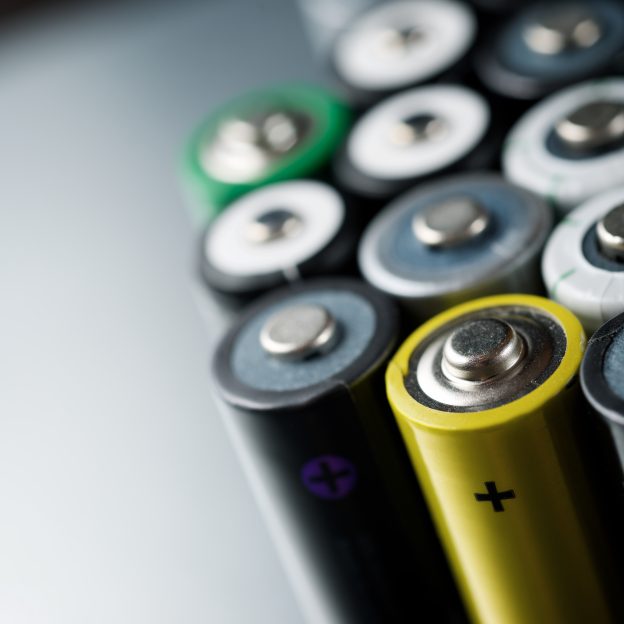Following the completion of the world’s largest offshore solar power plant, the Changbin Industrial Park Lunwei East No. 1&2 181MW Power Plants, in November 2020, Chenya Energy continues to develop Taiwan’s floating photovoltaic market. Changbin Lunwei East No. 3 Power Plant will also be launched in the first quarter of 2022 with a total capacity of 67MW.
Chenya Energy is a 100%-owned subsidiary of Marubeni Corporation of Japan. In 2017, 10MW of floating solar energy was built in Kaohsiung’s Agondian Reservoir. In 2018, the Changbin Lunwei East floating power station was launched. The total capacity of Lunwei East No. 1 and No. 2 stations is as high as 181MW and were both connected to the power grid on November 23, 2020. In the first year, it contributed an estimated 250+ million kWh of renewable power and was commercialized in August 2021.
In addition to floating power plants, Chenya has also built a total of 48MW land-based solar sites in Syuejia District, Tainan. This year, Chenya Energy completed a solar power plant in a subsistence zone landfill site in Syuejia District, Tainan, with a total capacity of 6.5MW. To date, total installed capacity has reached 258MW. In the future, Chenya Energy will also move towards the symbiosis of fishery and power with a preliminary plan that sets a goal of installed solar energy capacity totaling 150MW~200MW next year.
After amendment of the Electricity Act, Taiwan is also moving towards the liberalization of electricity. At present, Chenya Energy is still focused primarily on the 20-year power purchase agreement (PPA) signed with Taipower. As future demand for green power will be high, Chenya is constantly evaluating the transfer of PPA to corporate renewable power purchase agreements (CPPA).
Austin Yu, President of Chenya Energy, stated that the construction of Taiwan’s solar projects this year can be said to be "half stagnant." It was not until the end of this year that the Ministry of Economic Affairs Bureau of Energy raised the bulk purchase rate, adding a premium of NT$0.2245/kilowatt, and spurring activity in solar energy construction projects. Chenya’s solar energy construction was also affected this year, with solar installations totaling only 50MW.
In addition to the impact of the pandemic, the price of solar-related materials is hard to follow. Solar module pricing has risen by 50%. Electric vehicle and battery costs have also doubled due to high demand. Coupled with labor, cement, etc., costs will not ease in the short term.
Chenya Energy also provided guidance on the next year’s bulk purchase rate. Austin Yu stated that the solar energy development and construction period is long. If discussions start this year, any discounts or premiums are matters for next year and the year after. It is difficult to predict pricing three years out. To build a fishery and electricity symbiosis project, the time needed from communication to environmental inspection applications is two years, making it difficult for developers to predict subsequent bulk purchase rates and models.
Austin Yu indicated, hopefully the government will adopt flexible adjustment methods to avoid solar modules price hikes this April. However, this year's bulk purchase rate is calculated based on last year and, hopefully, the government will adopt a single bulk purchase rate for three years of more to maintain a stable investment environment.
(Image:Chenya Energy)







